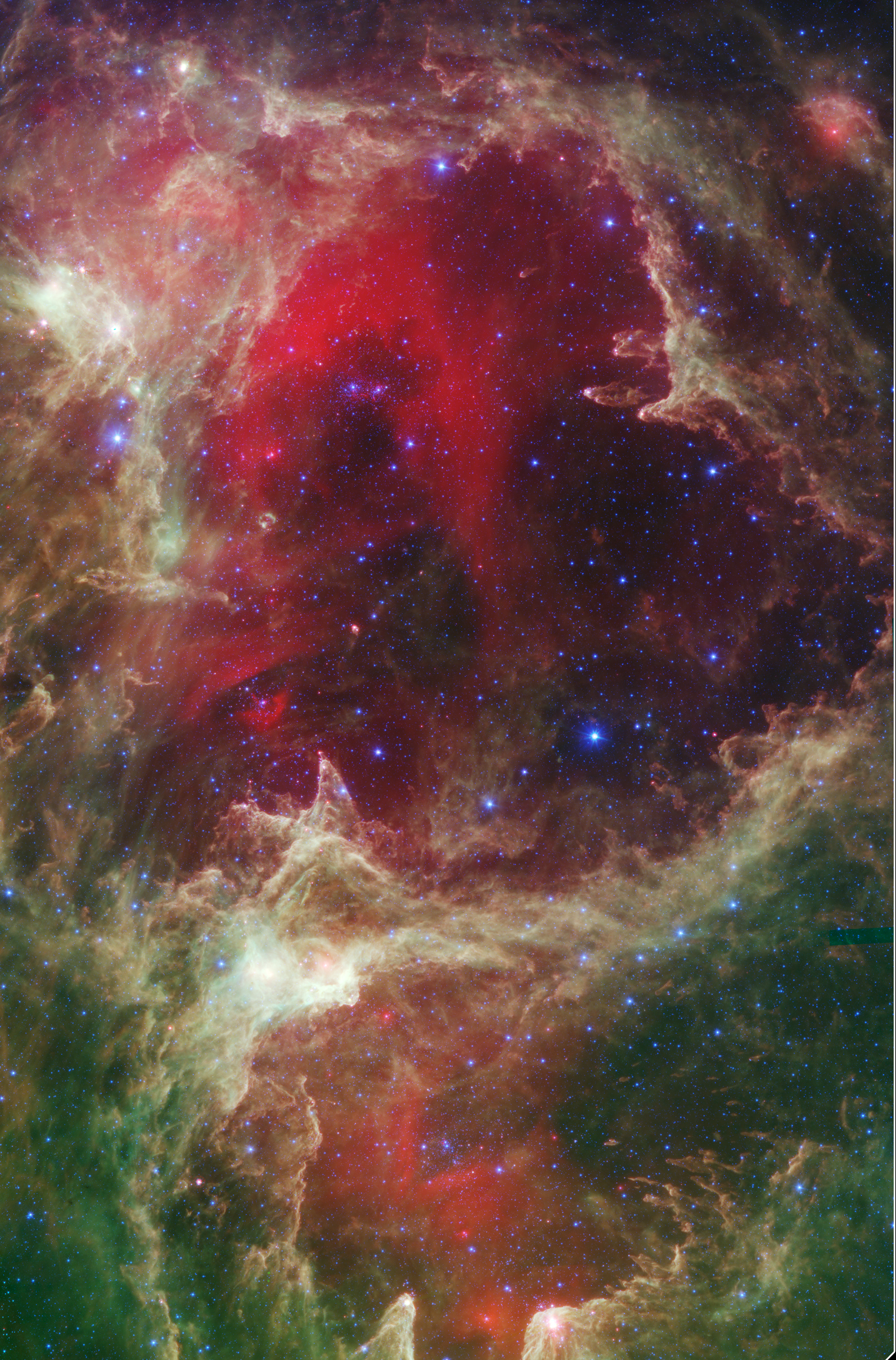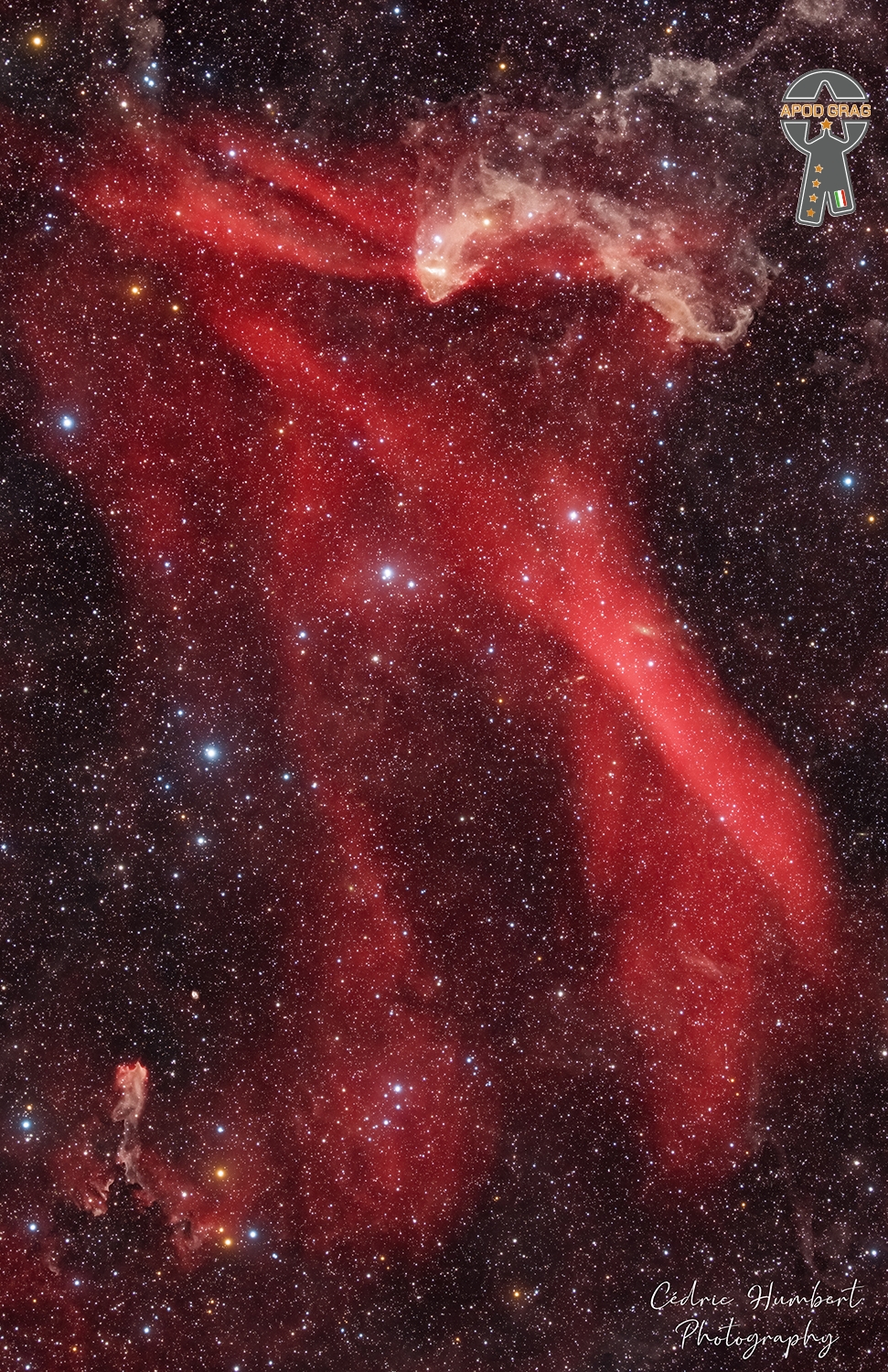b. James Jarrett Jnr., 8 December 1899, Cordele, Georgia, USA, d. 5 September 1995. Barrelhouse blues pianist Pigmeat Jarrett moved to Kentucky as a child where his Geechee father worked as a coalminer, his mother being half-Geechee, half-Cherokee. Some years later the family settled in Cincinnati, the city with which he would become synonymous. Jarrett attended the local Beecher Stowe School: ‘I got my nickname there from the teacher’, he told Living Blues magazine, ‘because every time she seen me I had a piece of hog.’ His mother sang at church, but would have nothing to do with the nascent blues movement, considering it to be the ‘devil’s music’. Her son did not share her opinion, picking up the basics from local ‘open house’ gatherings. Later he helped run whiskey from Newport during prohibition. He also began to play alongside local musicians and visiting stars such as Bessie Smith. His first ventures out of town came courtesy of covert train rides in cattle trucks – a method of transport he shared with bluesmen such as Blind Lemon Jefferson and Leroy Carr.
In the 30s Jarrett found employment on steam paddlers, operating on the Ohio and Illinois Rivers. The Depression and the subsequent introduction of jukeboxes curtailed his employment somewhat, and for a time he joined a 16-piece house band, moving progressively into jazz as opportunities for blues artists dwindled. Later he started a small electrical shop. Despite his long career, Jarrett was recorded only once, when blues scholar Steve Tracy produced his 1980 album Look At The People. He was later honoured at the Cincinnati Public Library with a Pigmeat Jarrett Day in 1992 and also performed at the Chicago Blues Festival that year.
see full post...“Malagueñas” is a traditional flamenco style from Málaga. It comes from the ancient “fandangos malagueños”.
By the first half of the 19th century, it became a flamenco style. Although this singing hasn’t its own dance, it has a large melodic range. This is a ad libitum singing, singer extends intentionally some verses. Rhythm is sometimes delayed and some other times overtaken.
It is accompanied by a guitar which gains richness and complexity in “malagueña” melodies because of its rhythmic freedom. Unlike local “fandango”, “toque” of Malaga is getting slower and more sustained. Thus, it obtains an extraordinary richness.
“Malagueña” singing is composed by a “copla” of four or five eight-syllable verses. It is usually composed by six verses, as some of them are repeated. It is a solemn and melodious singing that acquires the category of “cante grande” (great singing) in the voices of Chacon and Enrique el Mellizo. There are several types of “malagueñas” due to personal creations of interpreters, either born in Malaga or other parts of Andalusia. Diego Clavel recorded 47 “malagueñas” forms.
Some authors consider that the first “malagueñas” born with Juan Breva. Others point to Juan Reyes “El Canario” as the creator of this genre. Álora, the town where “El Canario” was born, is considered as the origin of “malagueñas”. “Malagueñas” of “El Niño” Tomares are also well-known as well as the ones of “la Trini” and “Ojana”. Enrique “el Mellizo”, Chacon and Fosforito “El Viejo” were the creators of “malagueñas nuevas” (new version of “malagueñas”). An evolutionary leap, from which has been called “malagueñas de transición”.
see full post...Westerhout 5 (Sharpless 2-199, LBN 667, Soul Nebula) is an emission nebula located in Cassiopeia. Several small open clusters are embedded in the nebula: CR 34, 632, and 634 (in the head) and IC 1848 (in the body). The object is more commonly called by the cluster designation IC 1848.
Small emission nebula IC 1871 is present just left of the top of the head, and small emission nebulae 670 and 669 are just below the lower back area.
The galaxies Maffei 1 and Maffei 2 are both nearby the nebula, although light extinction from the Milky Way makes them very hard to see. Once thought to be part of the Local Group, they are now known to belong to their own group- the IC 342/Maffei Group.
This complex is the eastern neighbor of IC1805 (Heart Nebula) and the two are often mentioned together as the “Heart and Soul”.

Harold Forster Chapin (/ˈtʃeɪpɪn/ CHAY-pin; December 7, 1942 – July 16, 1981) was an American singer-songwriter, philanthropist, and hunger activist best known for his folk rock and pop rock songs. He achieved worldwide success in the 1970s. Chapin, a Grammy Award-winning artist and Grammy Hall of Fameinductee, has sold over 16 million records worldwide.
Chapin recorded a total of 11 albums from 1972 until his death in 1981. All 14 singles that he released became hits on at least one national music chart. Chapin’s best-known songs include “Taxi” and “Cat’s in the Cradle.”
As a dedicated humanitarian, Chapin fought to end world hunger. He was a key participant in the creation of the Presidential Commission on World Hunger in 1977. In 1987, Chapin was posthumously awarded the Congressional Gold Medal for his humanitarian work.
see full post...
Mads Vinding (born 7 December 1948, Copenhagen, Denmark) is a Danish jazz double-bassist.
Vinding began his professional career when he was 16 as the house bassist for Jazzhus Montmartre, a jazz club in Copenhagen. He has played on more than 800 recordings and more than 1000 Radio/TV shows.
see full post...Thomas Alan Waits (born December 7, 1949) is an American musician, composer, songwriter, and actor. His lyrics often focus on the underbelly of society and are delivered in his trademark deep, gravelly voice. He worked primarily in jazz, blues, country, and spoken word during the 1970s, but his music since the 1980s has reflected greater influence from rock, vaudeville, German Expressionism and experimental genres.
Waits was born and raised in a middle-class family in California. Inspired by the work of Bob Dylan and the Beat Generation, he began singing on the San Diego folk music circuit as a young man. He relocated to Los Angeles in 1972, where he worked as a songwriter before signing a recording contract with Asylum Records. His first albums were the jazz-oriented Closing Time (1973) and The Heart of Saturday Night (1974), which reflected his lyrical interest in nightlife, poverty, and criminality. He repeatedly toured the United States, Europe, and Japan, and attracted greater critical recognition and commercial success with Small Change(1976), Blue Valentine (1978), and Heartattack and Vine (1980). He produced the soundtrack for Francis Ford Coppola‘s film One from the Heart (1981), and subsequently made cameo appearances in several Coppola films.
In 1980, Waits married Kathleen Brennan, split from his manager and record label, and moved to New York City. With Brennan’s encouragement and frequent collaboration, he pursued a more experimental and eclectic musical aesthetic influenced by the work of Harry Partch and Captain Beefheart. This was reflected in a series of albums released by Island Records, including Swordfishtrombones (1983), Rain Dogs (1985), and Franks Wild Years (1987). He continued appearing in films, notably starring in Jim Jarmusch‘s Down by Law (1986), and also appeared in stage productions. With theatre director Robert Wilson, he produced the musicals The Black Rider (1990) and Alice (1992), first performed in Hamburg. He returned to California in the 1990s and released three albums, Bone Machine (1992), The Black Rider (1993), and Mule Variations(1999), which earned him increasing critical acclaim and multiple Grammy Awards. In the late 1990s, he switched to the record label ANTI-, which released Blood Money (2002), Alice (2002), Real Gone (2004), and Bad as Me (2011).
Despite a lack of mainstream commercial success, Waits has influenced many musicians and gained an international cult following, and several biographies have been written about him. In 2015, he was ranked No. 55 on Rolling Stone‘s “100 Greatest Songwriters of All Time“. He was inducted into the Rock and Roll Hall of Fame in 2011.
see full post...Louis Leo Prima (December 7, 1910 – August 24, 1978) was an American trumpeter, singer, entertainer, and bandleader. While rooted in New Orleans jazz, swing music, and jump blues, Prima touched on various genres throughout his career: he formed a seven-piece New Orleans-style jazz band in the late 1920s, fronted a swing combo in the 1930s and a big band group in the 1940s, helped to popularize jump blues in the late 1940s and early to mid 1950s, and performed frequently as a Vegas lounge act beginning in the 1950s.
From the 1940s through the 1960s, his music further encompassed early R&B and rock ‘n’ roll, boogie-woogie, and Italian folk music, such as the tarantella. Prima made prominent use of Italian music and language in his songs, blending elements of his Italian and Sicilian identity with jazz and swing music. At a time when ethnic musicians were discouraged from openly stressing their ethnicity, Prima’s conspicuous embrace of his Sicilian ethnicity opened the doors for other Italian-American and ethnic American musicians to display their ethnic roots.
Prima is also known for providing the voice for the orangutan King Louie in the 1967 Disney film The Jungle Book.
see full post...It’s stars versus dust in the Carina Nebula and the stars are winning. More precisely, the energetic light and winds from massive newly formed stars are evaporating and dispersing the dusty stellar nurseries in which they formed. Located in the Carina Nebula and inside a region known informally as Mystic Mountain, these pillars’ appearance is dominated by opaque brown dust even though it is composed mostly of clear hydrogen gas. Even though some of the dust pillars look like torches, their ends are not on fire — rather, they are illuminated by nearby stars. About 7,500 light-years distant, the featured image was taken with the Hubble Space Telescope and highlights an interior region of Carina known as HH1066 which spans nearly a light year. Within a few million years, the stars will likely win out completely and the dust torches will completely evaporate.

see full post...
Zeki Müren 6 December 1931 – 24 September 1996) was a Turkish singer, composer, songwriter, actor and poet. Known by the nicknames “The Sun of Art” and “Pasha“, he was one of the prominent figures of Turkish classical music. Due to his contributions to the art industry, he was named a “State Artist” in 1991. He was the first singer to receive a gold certification in Turkey and throughout his career recorded and released hundreds of songs on cassettes and phonograph records.
see full post...Miroslav Ladislav Vitouš (born 6 December 1947) is a Czech jazz bassist.
Born in Prague, Vitouš began the violin at age six, switching to piano after about three years, and then to bass at age fourteen. As a young man in Europe, Vitouš was a competitive swimmer. One of his early music groups was the Junior Trio with his brother Alan on drums and Jan Hammer on keyboards. He studied music at the Prague Conservatory under František Pošta, and won a music contest in Vienna in 1966 that gave him a scholarship to the Berklee College of Music in Boston, which he attended one year before going to Chicago to play with a group co-led by the classically inclined trombonist Bob Brookmeyer and flugelhorn pioneer Clark Terry.
Miles Davis saw Vitouš playing in Chicago with Brookmeyer and Terry in 1967 and invited him to join his own group playing at the Village Gate in New York City. It was with Davis that Vitouš first encountered saxophonist Wayne Shorter, keyboardist Herbie Hancock and the Davis-centric scene that was transforming mainstream jazz from late hard bop into what would be known as jazz fusion.
see full post...David Warren Brubeck (/ˈbruːbɛk/; December 6, 1920 – December 5, 2012) was an American jazz pianist and composer. Often regarded as a foremost exponent of cool jazz, Brubeck’s work is characterized by unusual time signatures and superimposing contrasting rhythms, meters, and tonalities.
Born in Concord, California, Brubeck was drafted into the US Army, but was spared from combat service when a Red Cross show he had played at became a hit. Within the US Army, Brubeck formed one of the first racially diverse bands. In 1951, Brubeck formed the Dave Brubeck Quartet, which kept its name despite shifting personnel. The most successful—and prolific—lineup of the quartet was the one between 1958 and 1968. This lineup, in addition to Brubeck, featured saxophonist Paul Desmond, bassist Eugene Wright and drummer Joe Morello. A U.S. Department of State-sponsored tour in 1958 featuring the band inspired several of Brubeck’s subsequent albums, most notably the 1959 album Time Out. Despite its esoteric theme and contrarian time signatures, Time Out became Brubeck’s highest-selling album, and the first jazz album to sell over one million copies. The lead single from the album, “Take Five“, a tune written by Desmond in 54 time, similarly became the highest-selling jazz single of all time. The quartet followed up Time Out with four other albums in non-standard time signatures, and some of the other songs from this series became hits as well, including “Blue Rondo à la Turk” (in 98) and “Unsquare Dance” (in 74). Brubeck continued releasing music until his death in 2012.
Brubeck’s style ranged from refined to bombastic, reflecting both his mother’s classical training and his own improvisational skills. He expressed elements of atonality and fugue. Brubeck, with Desmond, used elements of West Coast jazz near the height of its popularity, combining them with the unorthodox time signatures seen in Time Out. Like many of his contemporaries, Brubeck played into the style of the French composer Darius Milhaud, especially his earlier works, including “Serenade Suite” and “Playland-At-The-Beach”. Brubeck’s fusion of classical music and jazz would come to be known as “third stream“, although Brubeck’s use of third stream would predate the coining of the term. John Fordham of The Guardian commented: “Brubeck’s real achievement was to blend European compositional ideas, very demanding rhythmic structures, jazz song-forms and improvisation in expressive and accessible ways.”
Brubeck was the recipient of several music awards and honors throughout his lifetime. In 1996, Brubeck received a Grammy Lifetime Achievement Award. In 2008, Brubeck was inducted into the California Hall of Fame, and a year later, he was given an honorary Doctor of Music degree from Berklee College of Music. Brubeck’s 1959 album Time Out was added to the Library of Congress‘ National Recording Registry in 2005. Noted as “one of Jazz’s first pop stars” by the Los Angeles Times, Brubeck rejected his fame, and felt uncomfortable with Time magazine featuring him on the cover before Duke Ellington.
see full post...Joseph Francis Lamb (December 6, 1887 – September 3, 1960) was an American composer of ragtime music. Lamb, of Irish descent, was the only non-African American of the “Big Three” composers of classical ragtime, the other two being Scott Joplin and James Scott. The ragtime of Joseph Lamb ranges from standard popular fare to complex and highly engaging. His use of long phrases was influenced by classical works he had learned from his sister and others while growing up, but his sense of structure was potentially derived from his study of Joplin’s piano rags. By the time he added some polish to his later works in the 1950s, Lamb had mastered the classic rag genre in a way that almost no other composer was able to approach at that time, and continued to play it passably as well, as evidenced by at least two separate recordings done in his home, as well as a few recorded interviews.
Lamb was born in Montclair, New Jersey. The youngest of four children, he taught himself to play the piano and admired the early ragtime publications of Scott Joplin. His first known works were “Meet Me at the Chutes,” and “Idle Dreams”, at the age of 13 in 1900, but they are unpublished and assumed lost.
see full post...It is located in the southern part of the constellation, about 1° west of the star 10 Lacertae, a blue main sequence star of spectral class O9V; it has the appearance of a tenuous filament oriented in a north-east-southwest direction, invisible to simple observation using amateur instruments due to its weakness. The most suitable period for its observation in the evening sky falls in the months between August and January, in particular for the regions located in the northern hemisphere.
Sh2-126 constitutes the brightest nebulous filament of the complex of dispersed clouds associated with Lacerta OB1, an OB association located about 370 parsecs (1200 light years) away, at a rather high galactic latitude; the source of the ionization of its gases is the intense ultraviolet radiation of the star 10 Lacertae, the dominant star of the association of which it is part. Near this cloud is the long filament cataloged as LBN 437, associated with a group of pre-main sequence stars and Herbig’s Ae/Be stars.


